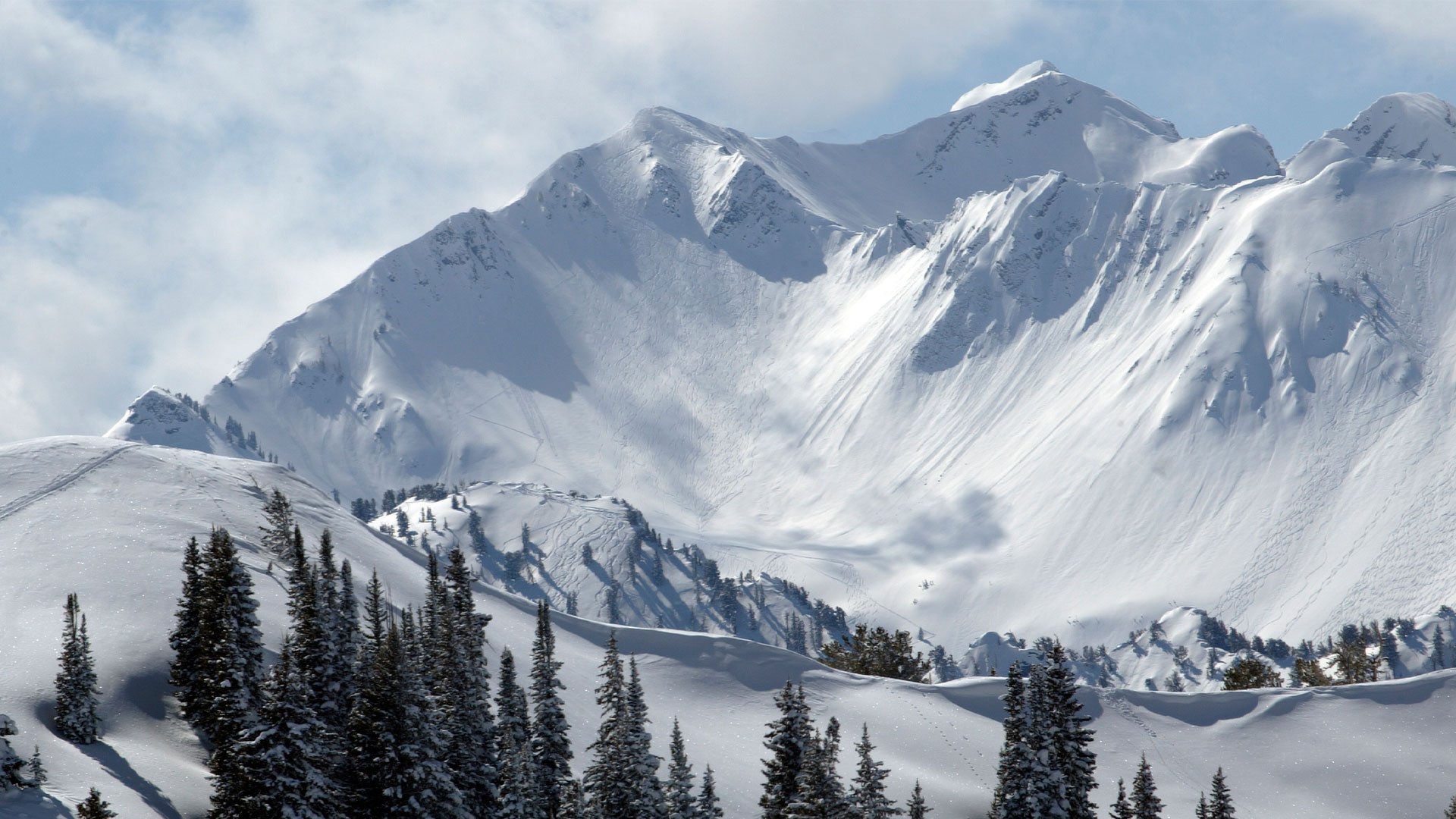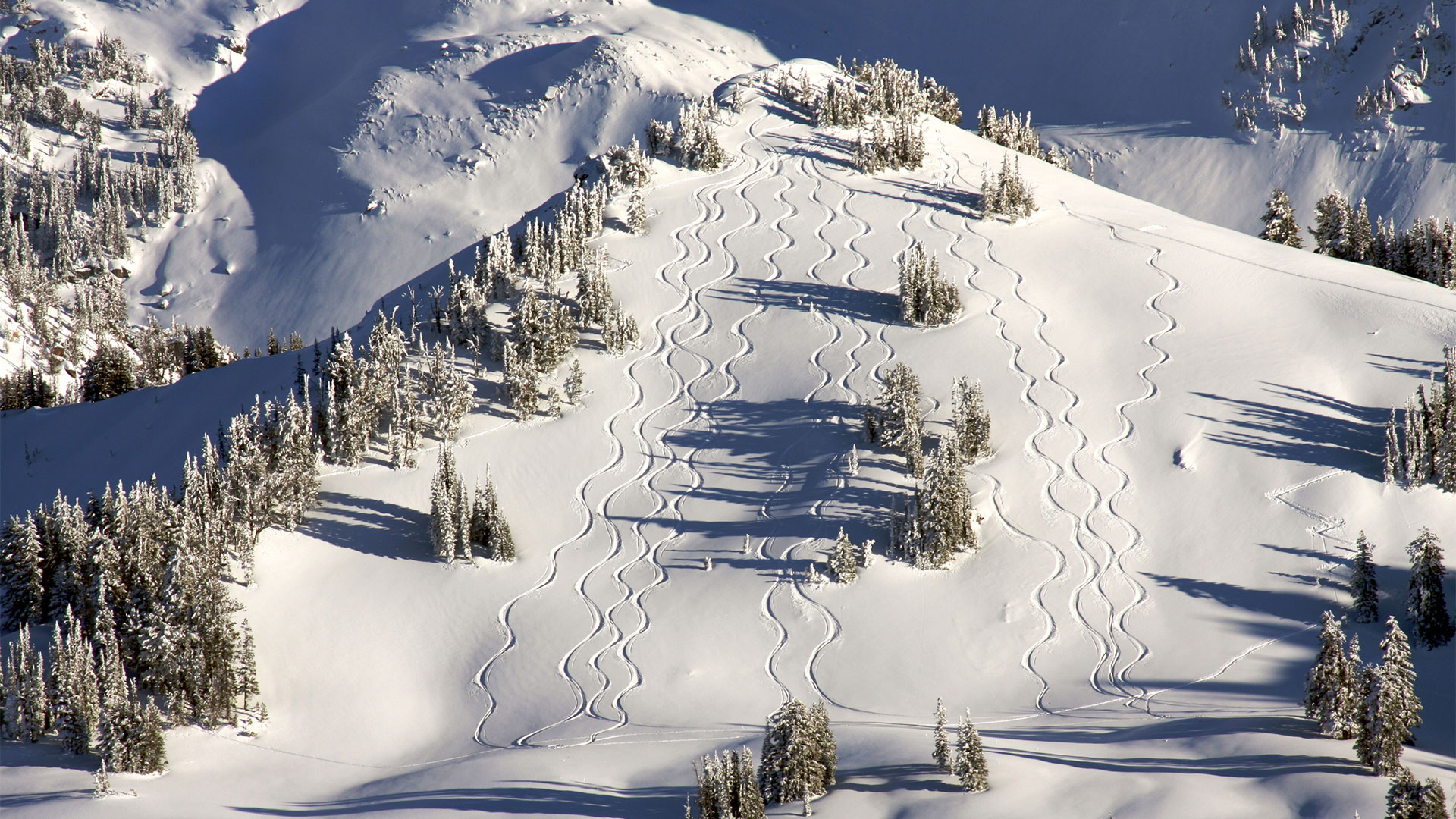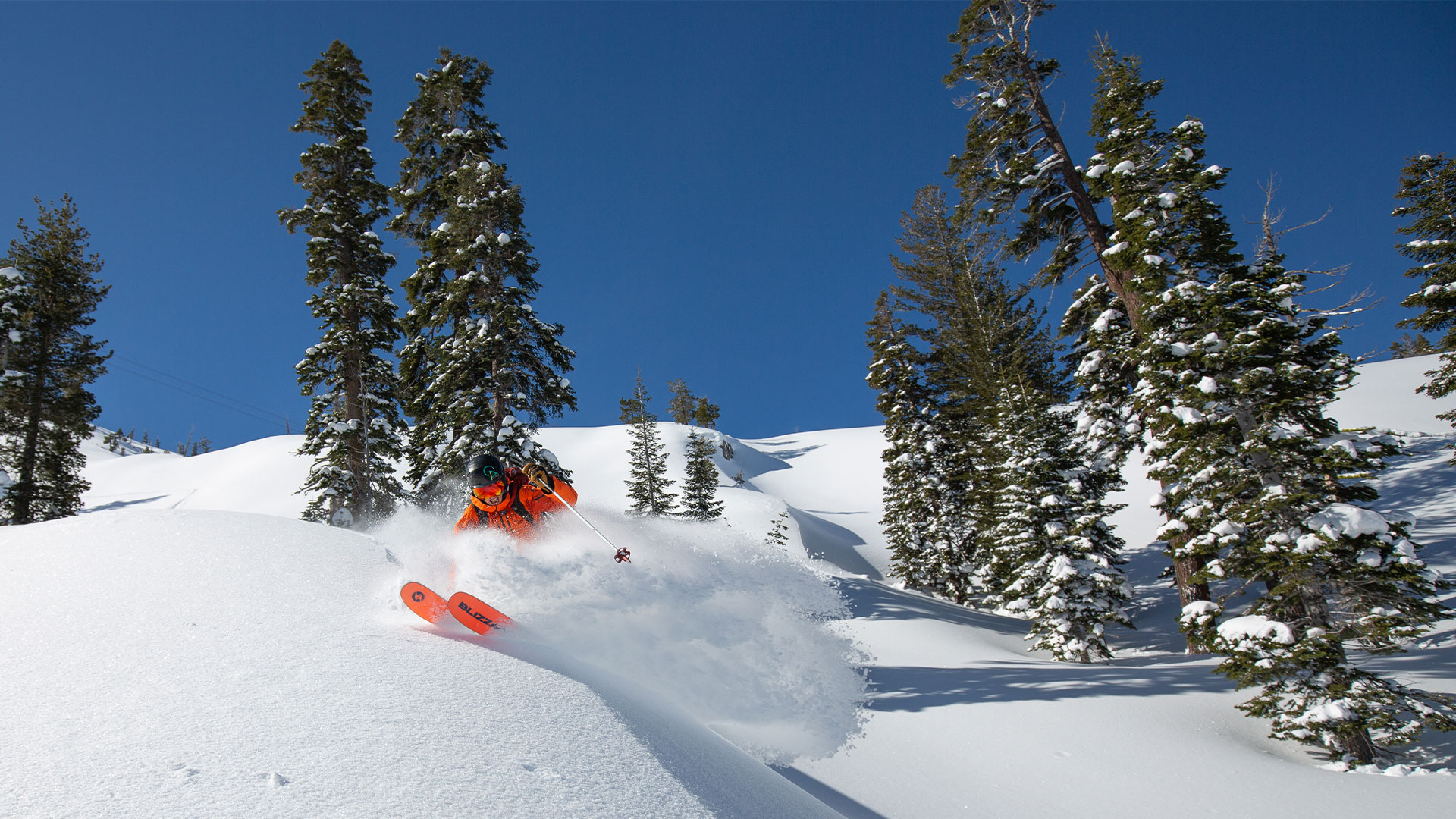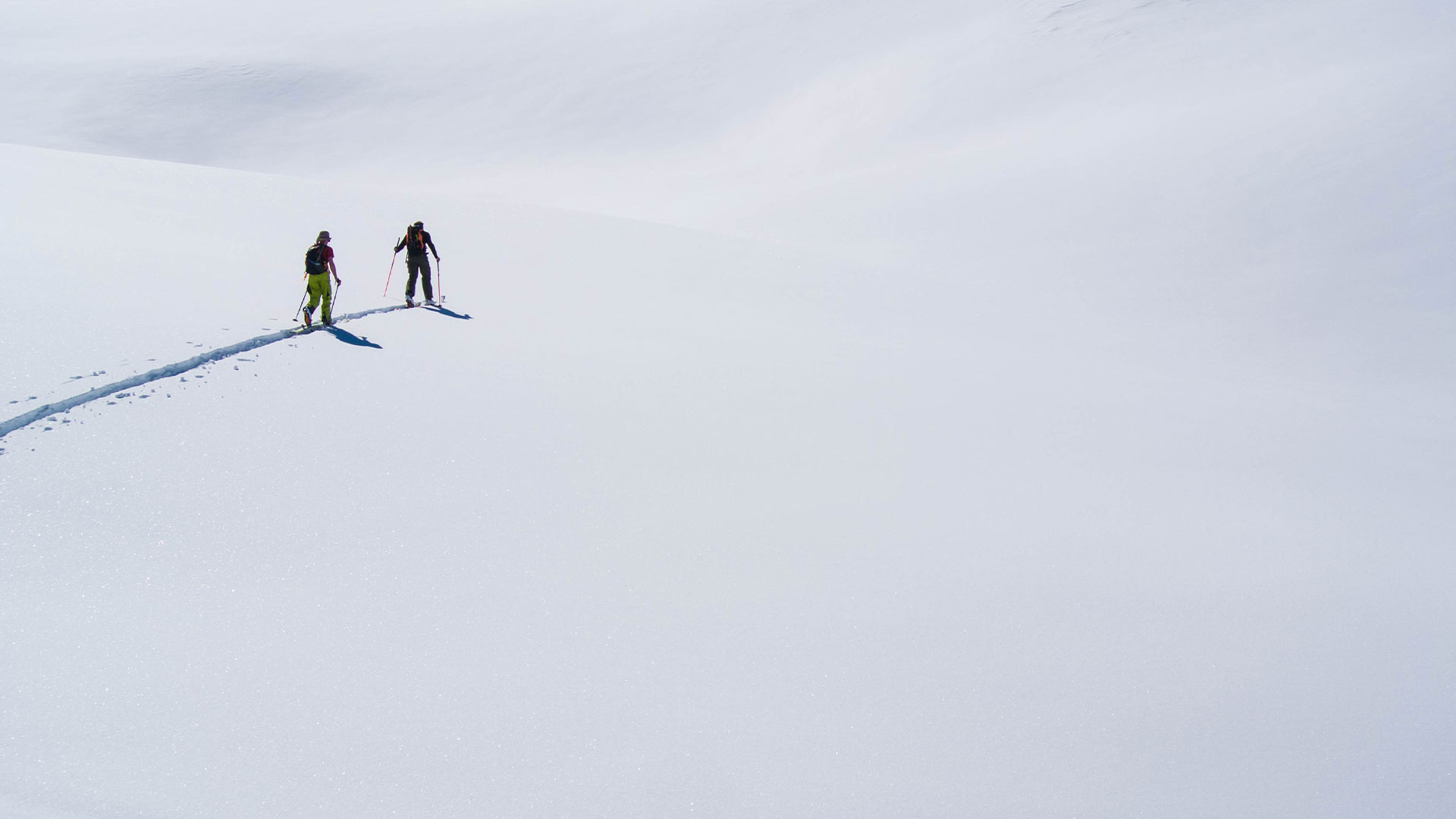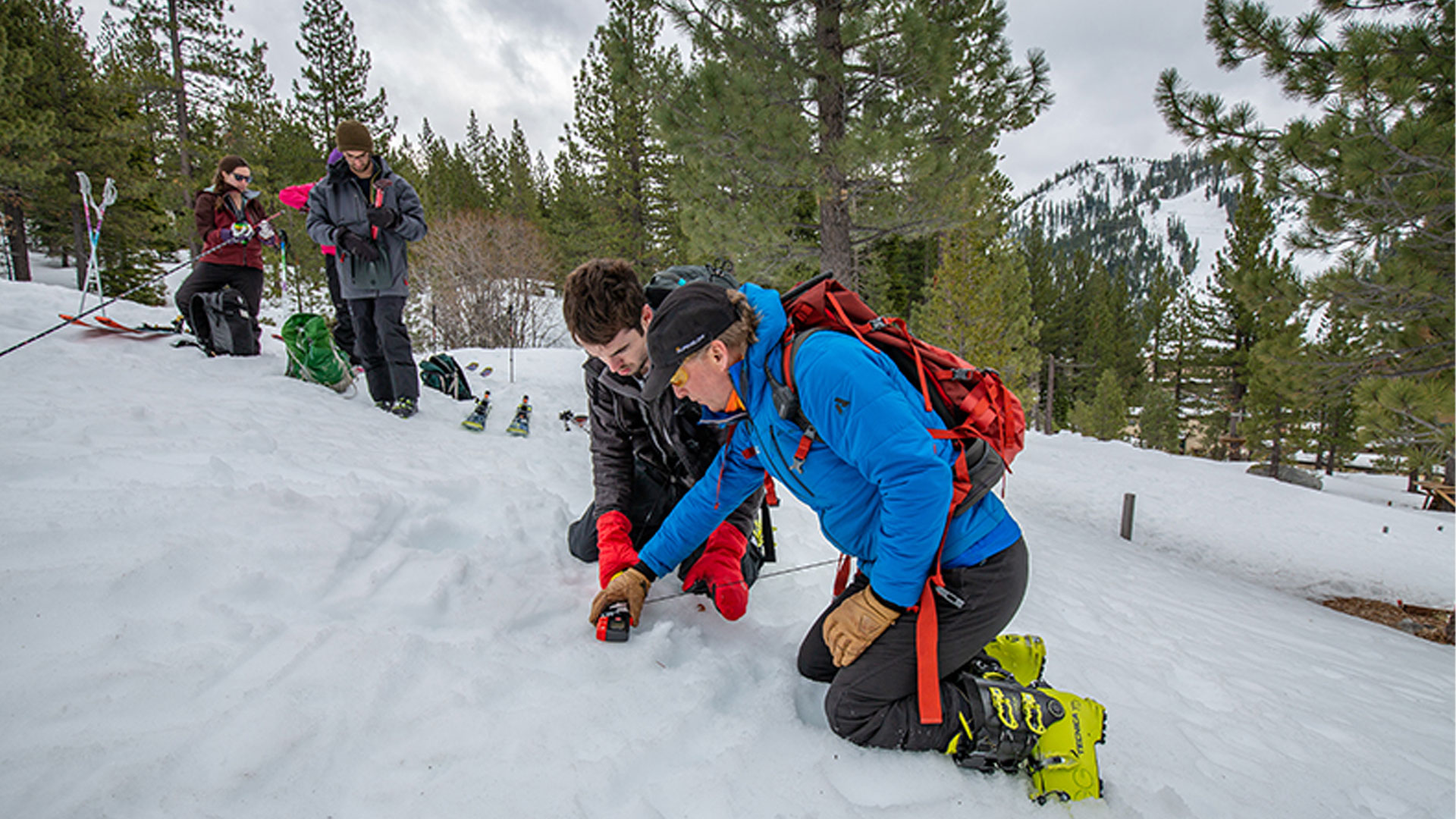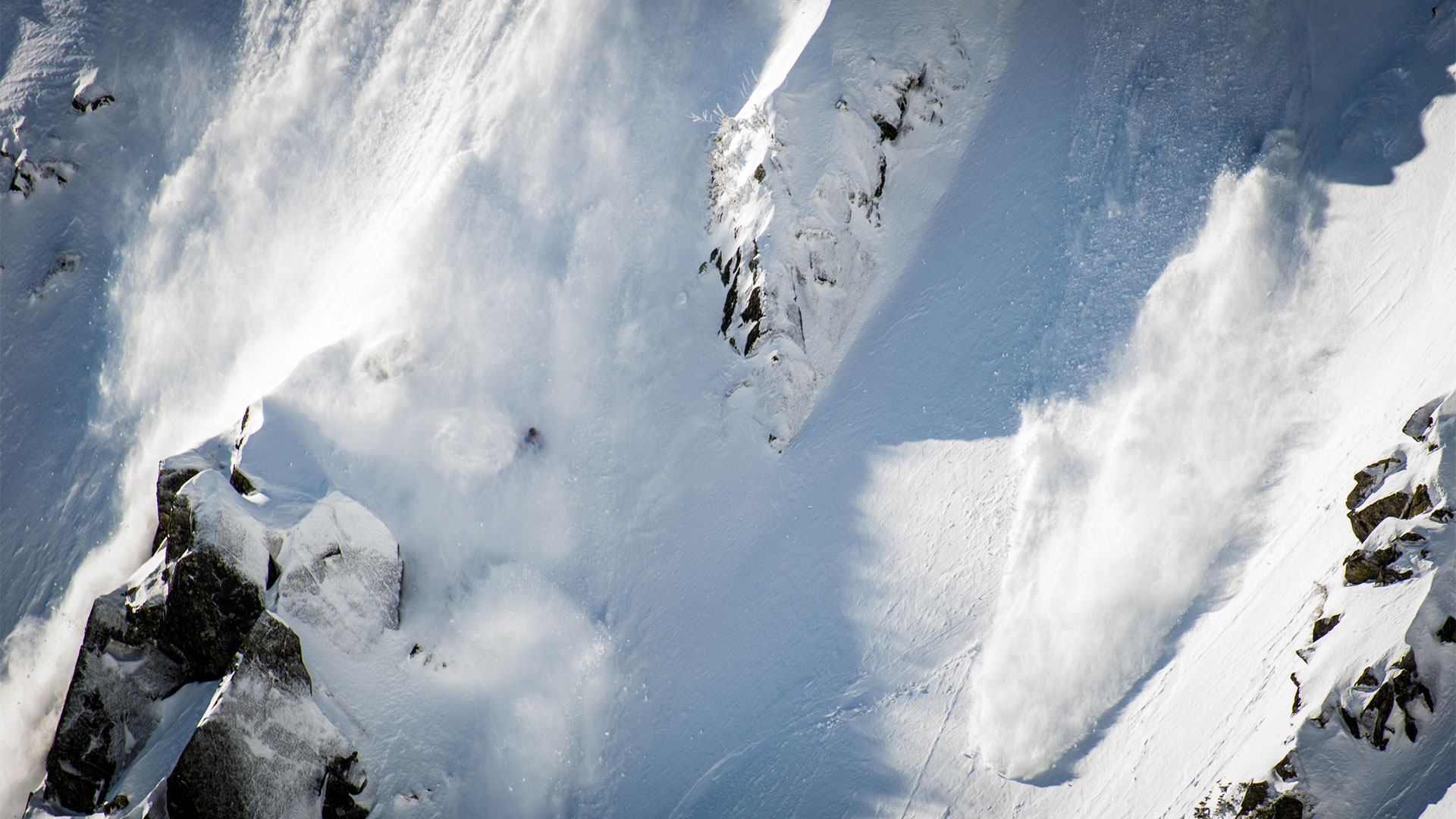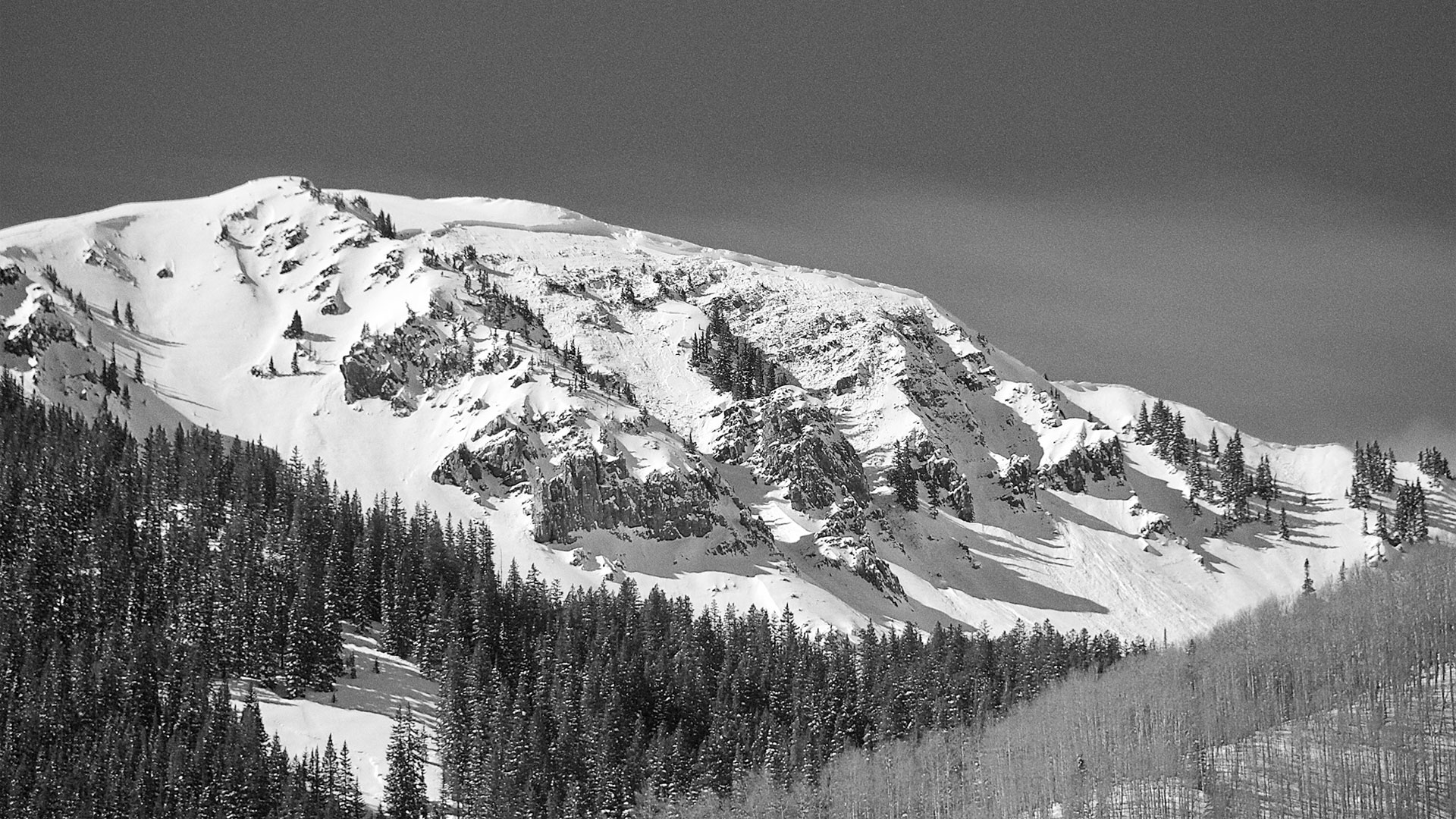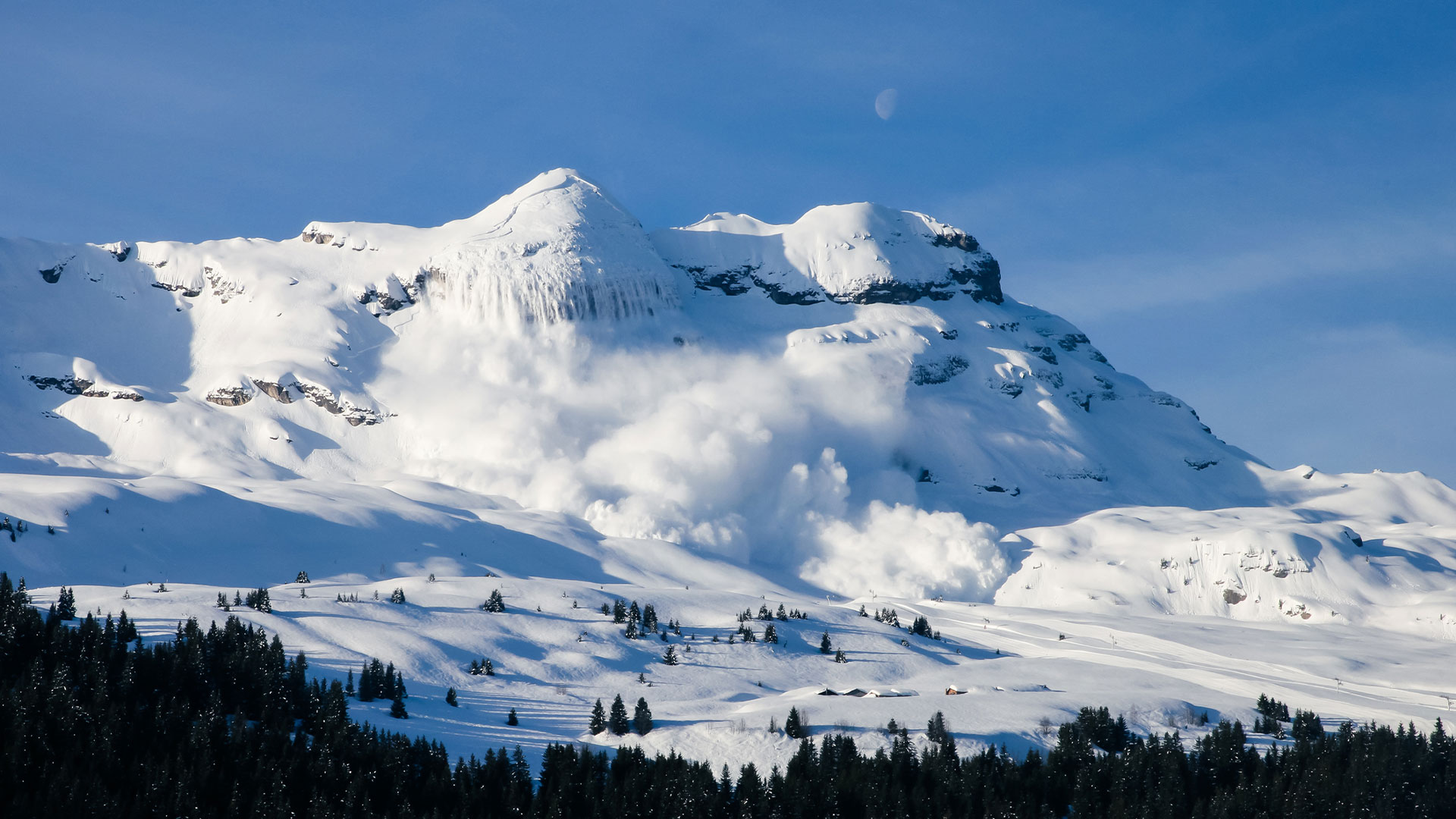With America just passing the halfway mark of the winter season, it has already passed a sad and tragic milestone with 27 avalanche fatalities occurring across eight western states. One death is a sad statistic in itself, but this is all the more hard-hitting when you consider an average of 27 people die in avalanches during a normal winter season in the United States.
Similar to the situation that developed in Europe, America is seeing an aligning of the stars that has created a particularly deadly year for those looking to travel in avalanche prone terrain.
We had a chat with UIAGM mountain guide and founder of Alpenglow Expeditions, Adrian Ballinger, about the recent incidents in North America this season – and most importantly, what backcountry skiers and snowboarders can do to mitigate their risk while in avalanche terrain.
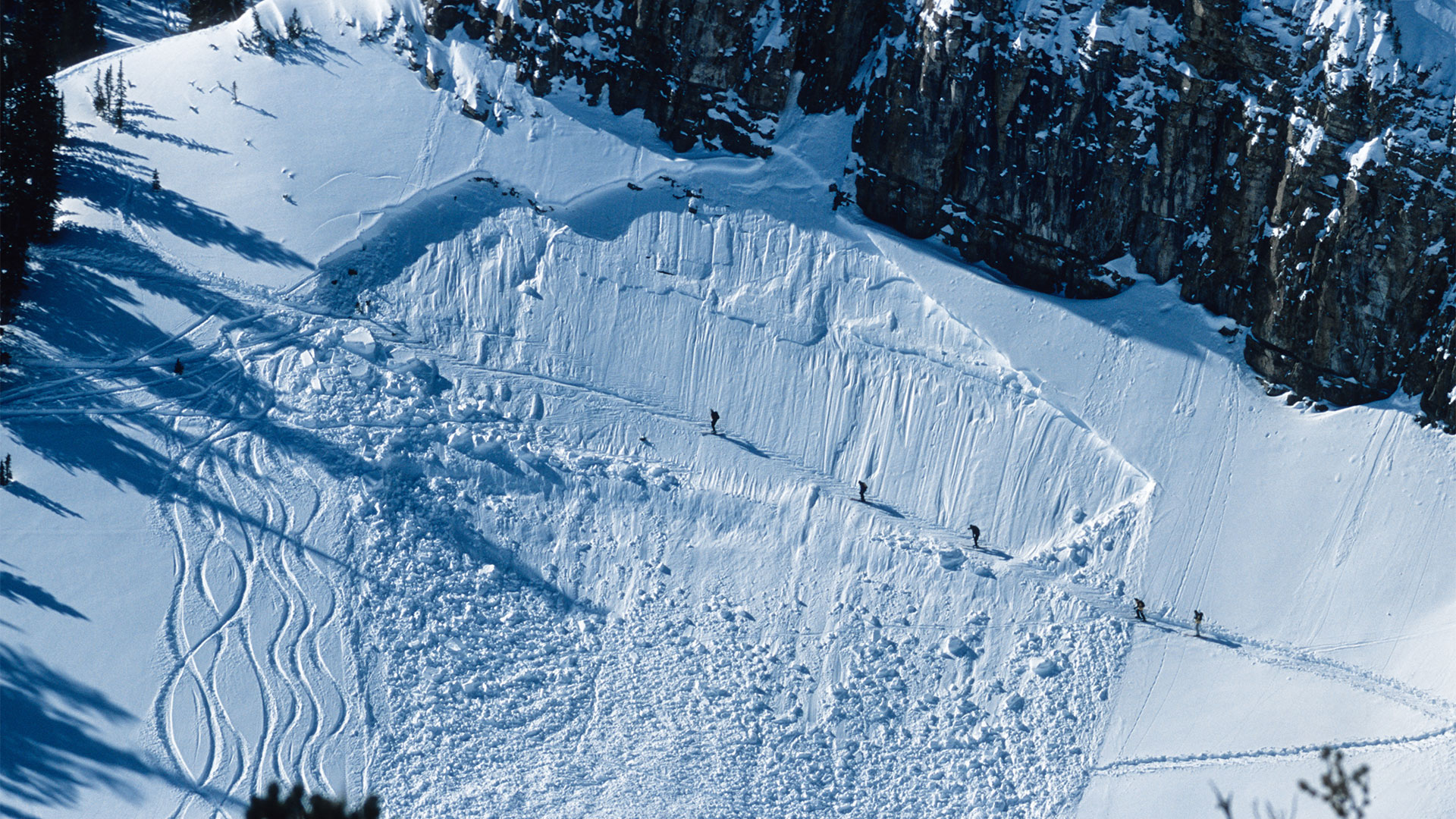
Jordan: Am I right in saying that this has been the worst year in terms of avalanche fatalities in The States?
Adrian: “Yeah I mean, at this point of the season, it’s kind of the worst year. It’s not the most deaths of the season, but we’re obviously only in February. What triggered a lot of red flags for everybody was 15 fatalities in one week across the American West, with multiple accidents and many of them involving multiple people.”
Jordan: Yeah so tell me a bit about those avalanches. Were they in a specific region and was it a particular layer within the snowpack?
Adrian: “Yeah so a few things have happened. I think firstly we’ve had a uniquely weak snowpack across the American West. So you know, during ‘normal’ seasons, it would be pockets like a section of southern Colorado will have a really dangerous snowpack, or the Utah mountains in the Wasatch area.
“This season, it’s been California, Washington, Wyoming, Utah and Colorado [all at once]. We’ve experienced early season snows and then a long, dry high pressure period with really cold temperatures.
“Everyone familiar with working and playing in the snow knows that [high pressure] weakens of all those bonds and creates all these faceted layers. Then finally, in February everywhere started getting a lot of snow.
“I think there was a lot of pent up demand for getting out. We’re seeing an increase in users, then we had this uniquely weak snowpack that’s been difficult to predict, with deeper persistent weak layers instead of common stuff like wind slabs and storm slabs and all of that lead to a series of accidents across the west.”
“I think it’s really hard to just point to that and say ‘Ah, that’s our issue’”
Jordan: Ah okay, I see. Yeah and that is definitely very similar to what we had in the Alps. I wrote an article breaking down exactly what happened in the Alps. We had that classic high pressure. We’re calling it classic now, it’s not normally ‘classic’ in usual years, you know?
But we had November / December high pressure with very little snow and a very shallow snowpack, which essentially created this rotten snow ready for a load of snow to then dump on top of. It’s very interesting to see the similarities across the hemisphere.
Adrian: “That is interesting. I think it’s rare that it’s across the American West, but to hear that it’s also across Europe that’s interesting, you know?
“A lot of interviews I’ve been doing with the more mainstream press have been asking ‘Is this climate change?’ and I think it’s really hard to just point to that and say ‘Ah, that’s our issue’, but suddenly I think we might be seeing an increase in these unusual, or extreme weather events and what we’ve seen in the west I’d include both of those within the extreme [weather events].
“The dry period was so long, so widespread and then on the other side, the storm that came afterwards was so big. I’m sure climate change was a factor there as well as just bad luck.”

